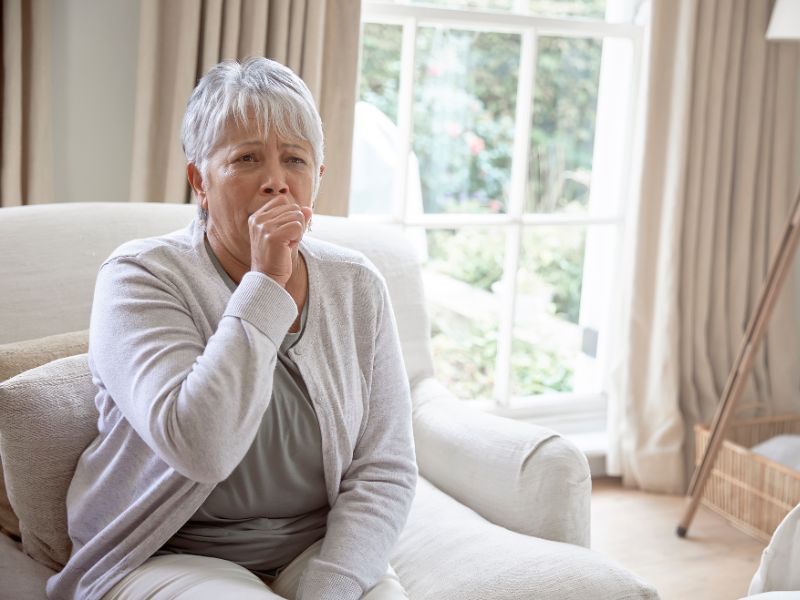If you’re managing COPD, you might have heard your doctor mention bronchiectasis or wondered about the relationship between these two respiratory conditions. While they’re distinct diseases, they often go hand-in-hand. Understanding how they overlap (and how they don’t) can help you breathe easier in the long run.
What Is COPD?
Chronic Obstructive Pulmonary Disease, or COPD, is a progressive lung disease that includes chronic bronchitis and emphysema. It’s most commonly caused by long-term smoking, but air pollution, workplace dust, and even genetics can play a role.
Common symptoms of COPD include:
- Shortness of breath, especially during activity
- Chronic cough with mucus
- Wheezing
- Fatigue
COPD makes it harder to get air in and out of your lungs, often leading to long-term breathing challenges.
What Is Bronchiectasis?
Bronchiectasis is a condition where the airways (bronchi) become abnormally widened due to chronic inflammation or infection. Think of it as permanent scarring that creates pockets where bacteria can grow. These widened passages can trap mucus, making it easier for bacteria to grow and leading to repeated lung infections.
Common symptoms of bronchiectasis include:
- Chronic cough with large amounts of mucus
- Repeated respiratory infections
- Chest pain or tightness
- Shortness of breath
- Clubbing of the fingers (in severe cases)
While not as well known as COPD, bronchiectasis can cause just as much disruption to your daily life.
How Are They Related?
Having COPD significantly increases your risk of developing bronchiectasis. The chronic inflammation and repeated infections common in COPD can damage your airways over time, creating the perfect conditions for bronchiectasis to develop. In fact, studies show that up to 50% of people with moderate to severe COPD may also have some form of bronchiectasis.
When you have both conditions, it often means more frequent flare-ups, increased antibiotic use, and faster decline in lung function.
Shared risk factors include:
- Smoking
- Long-term respiratory infections
- Environmental or workplace exposures
- Immune system disorders
How Are They Treated?
Both conditions are chronic and require ongoing care, but treatments can overlap. Preventing flare-ups and staying consistent with your respiratory medication routine are key.
For both COPD and bronchiectasis, treatments may include:
- Inhaled bronchodilators to open airways
- Steroids to reduce inflammation
- Mucus-thinning medications
- Nebulizer treatments
- Antibiotics (especially for infections)
- Pulmonary rehab and breathing exercises
Better Breathing Starts at Home
Whether you’re managing COPD, bronchiectasis, or both, the right respiratory tools can make a big difference. America’s Best Care Plus delivers nebulizers, tubing, and maintenance medications right to your door so you can focus on breathing, not errands.
Explore our Respiratory Supply Program and take a deep breath in the right direction.

